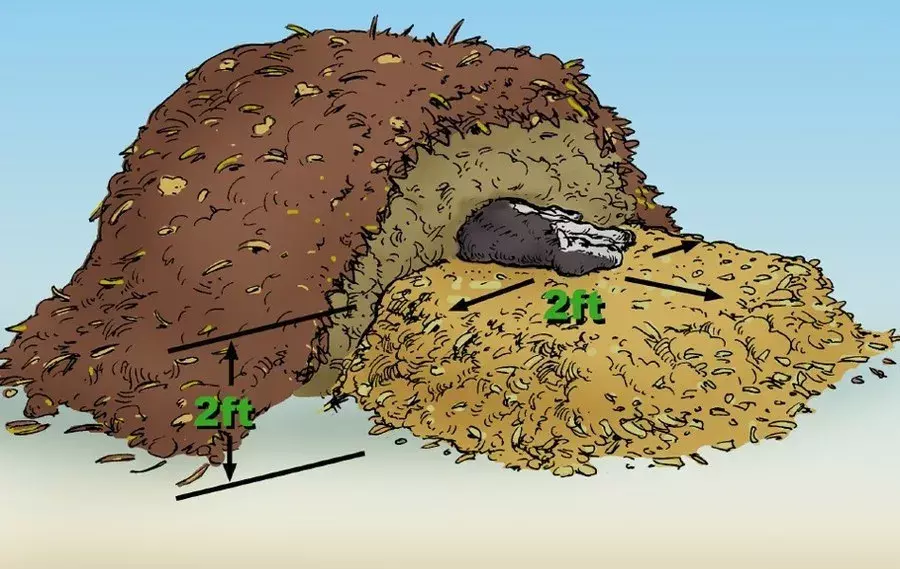



On-Farm Mortality Composting: Management Principles and Information Resources
Farms should consider contingency planning for mortality disposalLegal mortality disposal methods for Pennsylvania, US include rendering, burial, incineration and composting.
The unprecedented repercussions of supply chain interruptions and market changes due to the COVID-19 crisis may lead to scenarios where cull animals of any species are retained and euthanized on the farm. Farms should consider contingency planning for mortality disposal during these uncertain times. Legal mortality disposal methods for Pennsylvania include rendering, burial, incineration, and composting. This article will concentrate on mortality composting, a preferred disposal method. The purpose of this article is to briefly overview on-farm management principles for mortality composting and to provide sources of information where greater management details are available.
Siting
Improved surfaces that prevent runoff and leaching are recommended, but field locations are possible when sited correctly. Compost windrow piles should be setback 200 feet from all surface waters and water wells. Piles and windrows should have all weather access and be located on shallow slopes where upslope soil surfaces have ground cover that prevents precipitation from running onto the pile. Window piles should not be located in swales and the length of slope above the pile should be minimized as practical. Downslope areas should have vegetation that can filter and allow runoff to infiltrate the soil. Avoid placing your windrows on your boundary lines.
Carbon-based media supply
The base of a mortality compost pile is critical to composting success. The material must be carbon-based and act like a sponge that holds liquids that leave the carcass as it decomposes. The base should generously be 2 feet or deeper before a carcass is placed on the pile. Similarly, the carcass should receive 2 feet minimum of coverage. Signs of improper base construction or sparse coverage include visible liquids leaching from the pile (the 'sponge' was not big enough) or the presence of flies or birds and other scavengers attracted to exposed carcasses or wet spots. Odors are also indicative of improper base or coverage.
Many plant-based materials can be utilized as compost media including sawdust, chopped fodder, feed refusals, shavings, and switchgrass. A great source available on many farms are dry manures that are already produced on site. The more bedding and the dryer the manure the better. It may be wise in this time of contingency planning to hold onto a stockpile of manure in lieu of applying that manure this spring. Save the bedpack bedding of dry cow pens, calving pens, and calf hutch areas. Stockpile this bedding material/manure in an area to build your compost windrow base.



